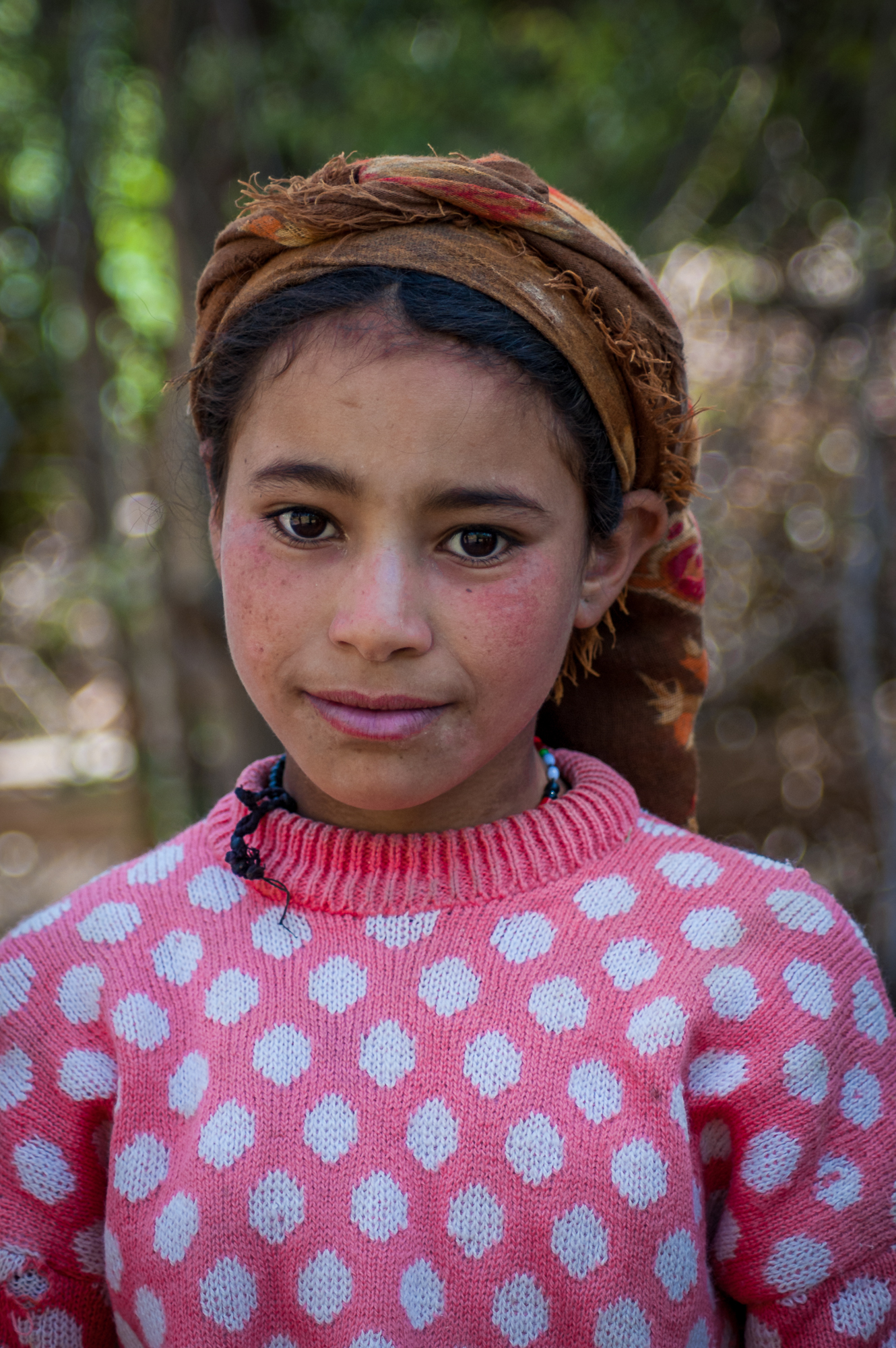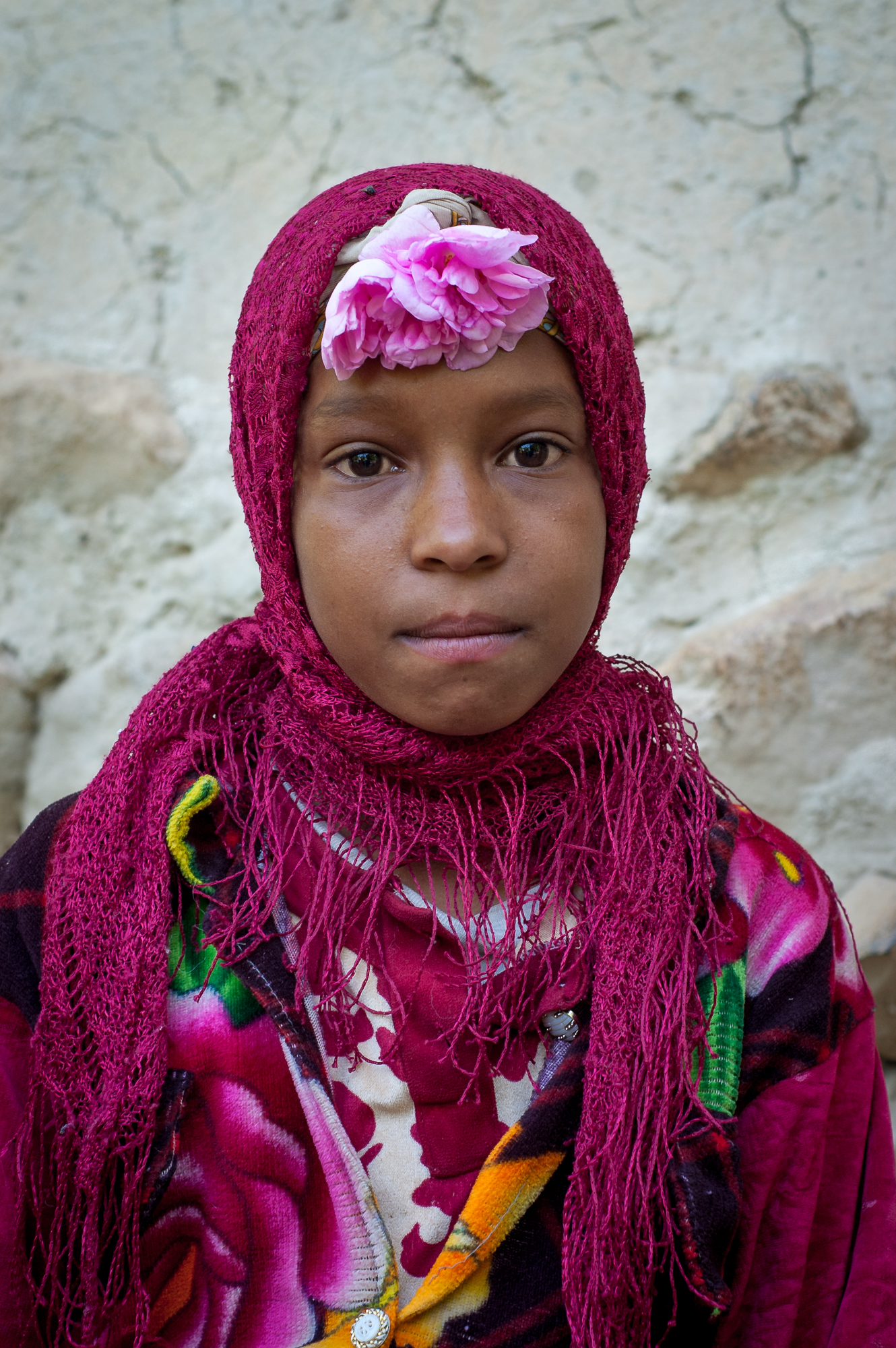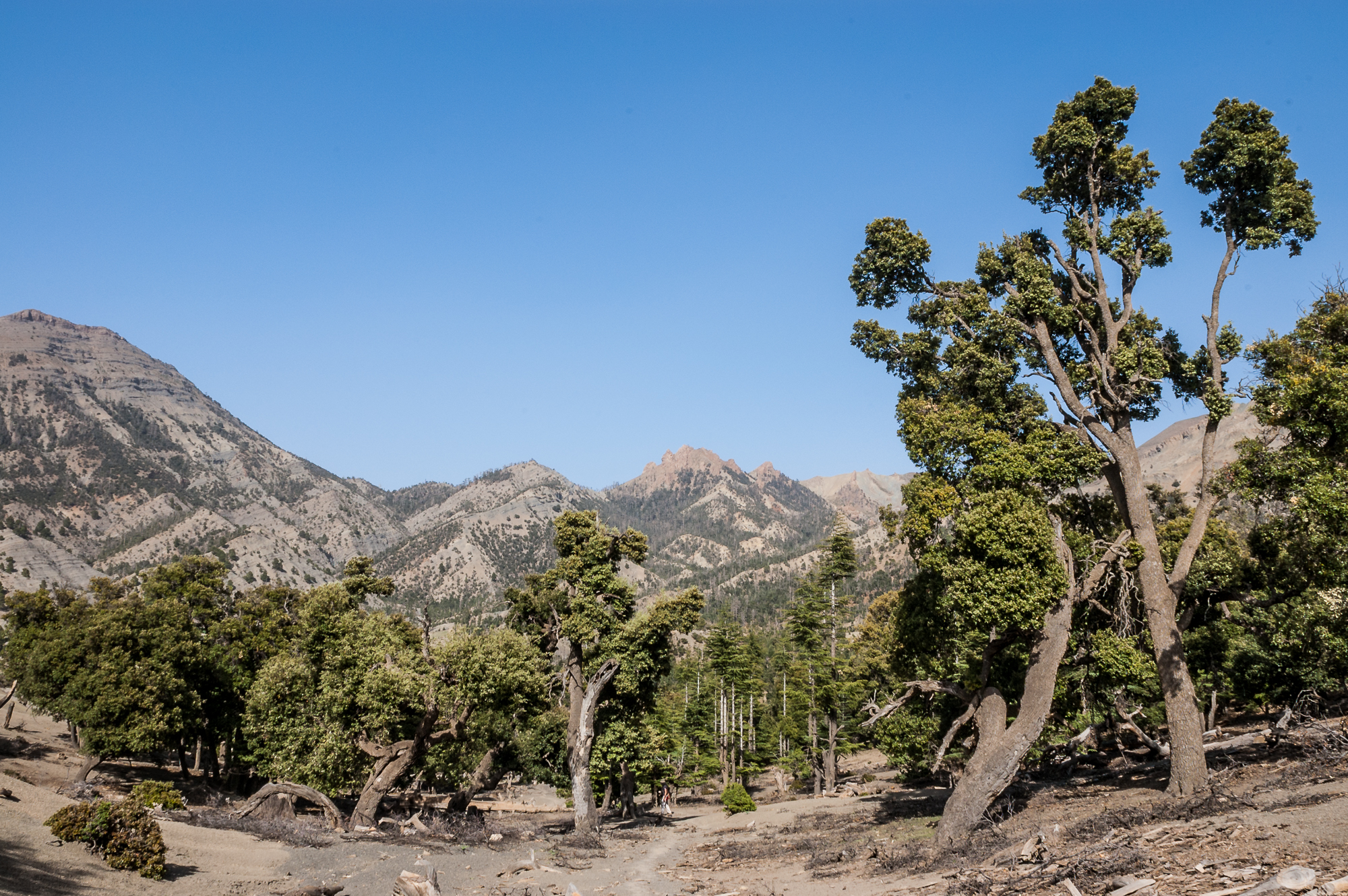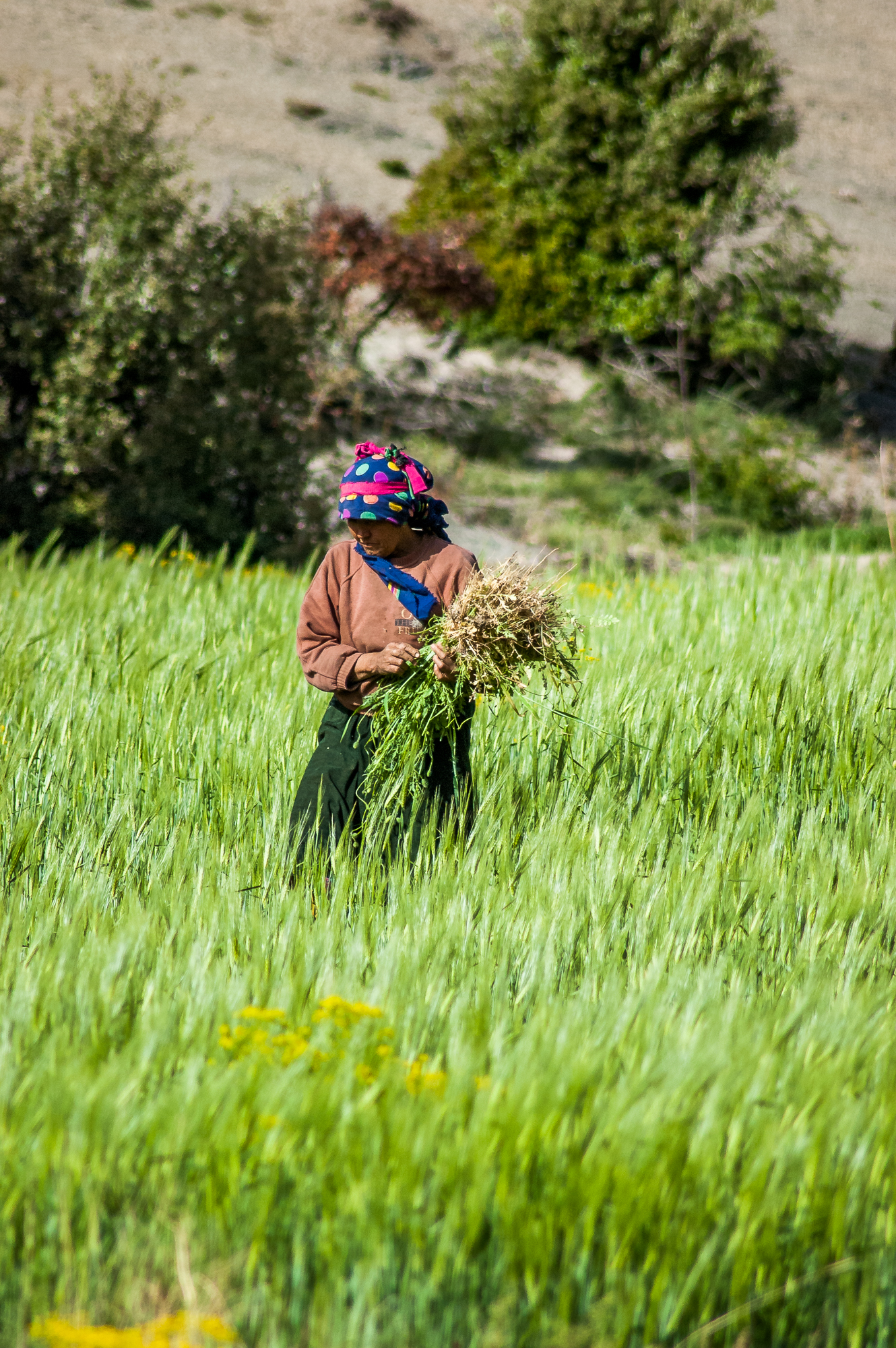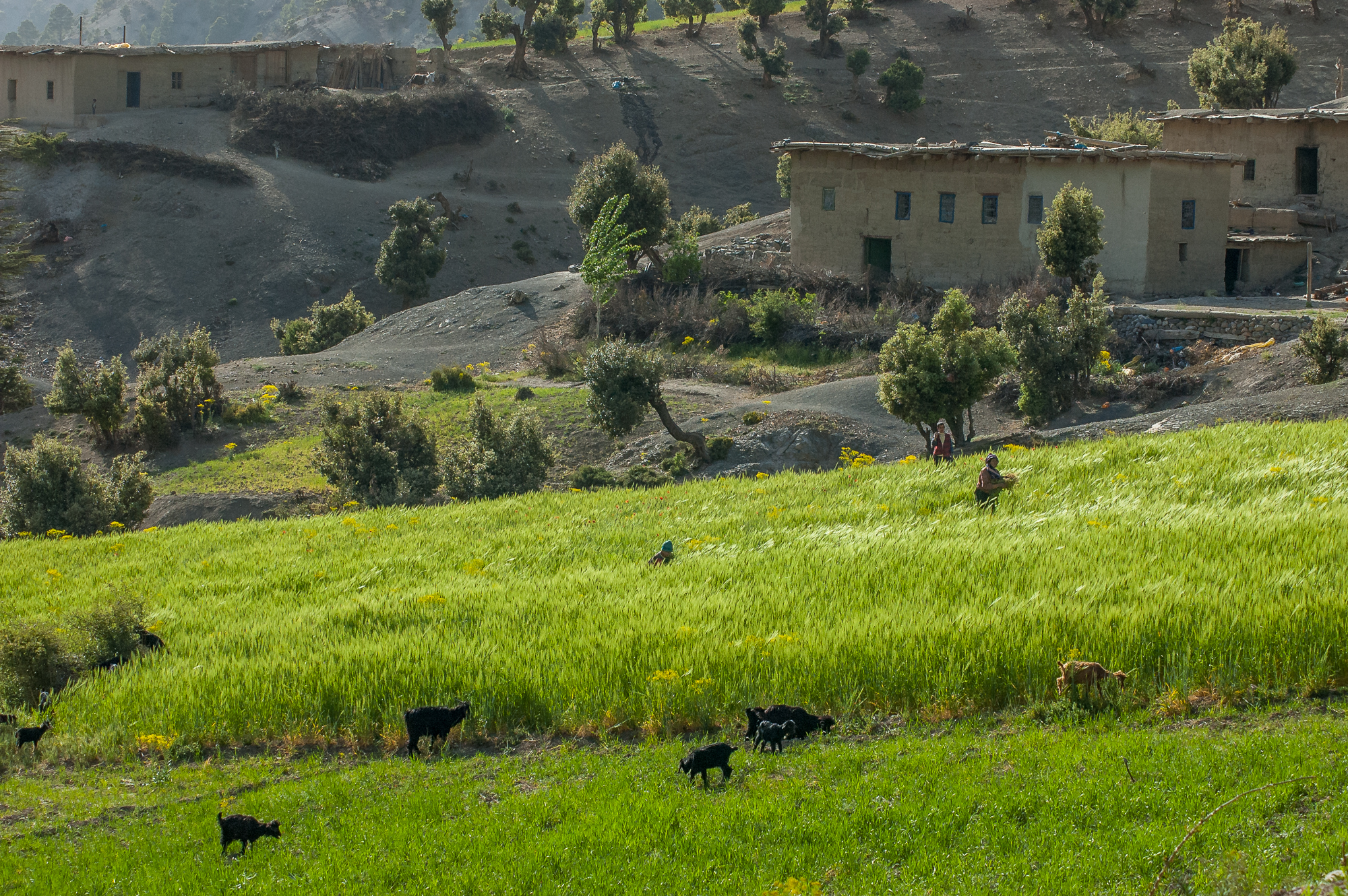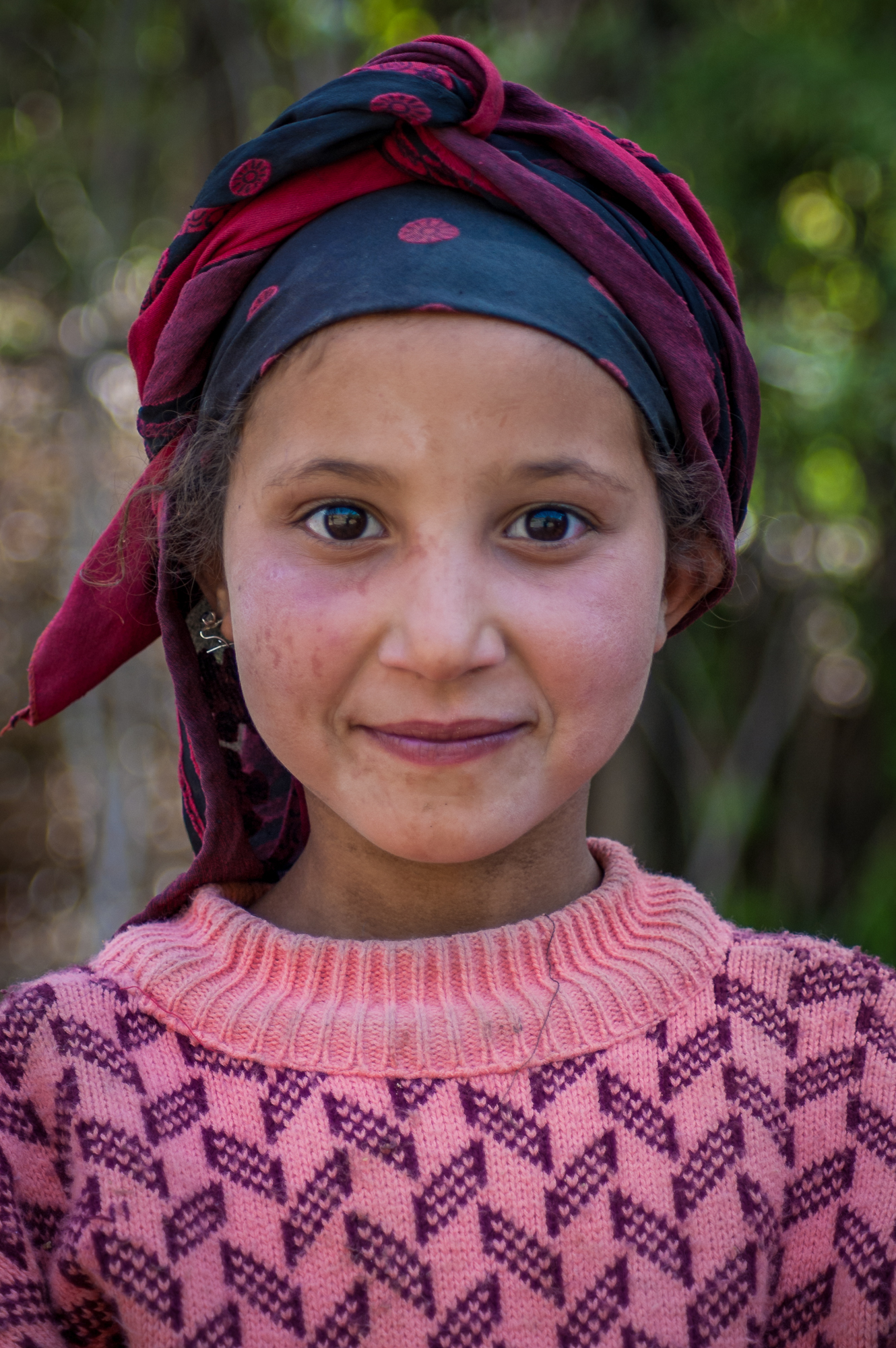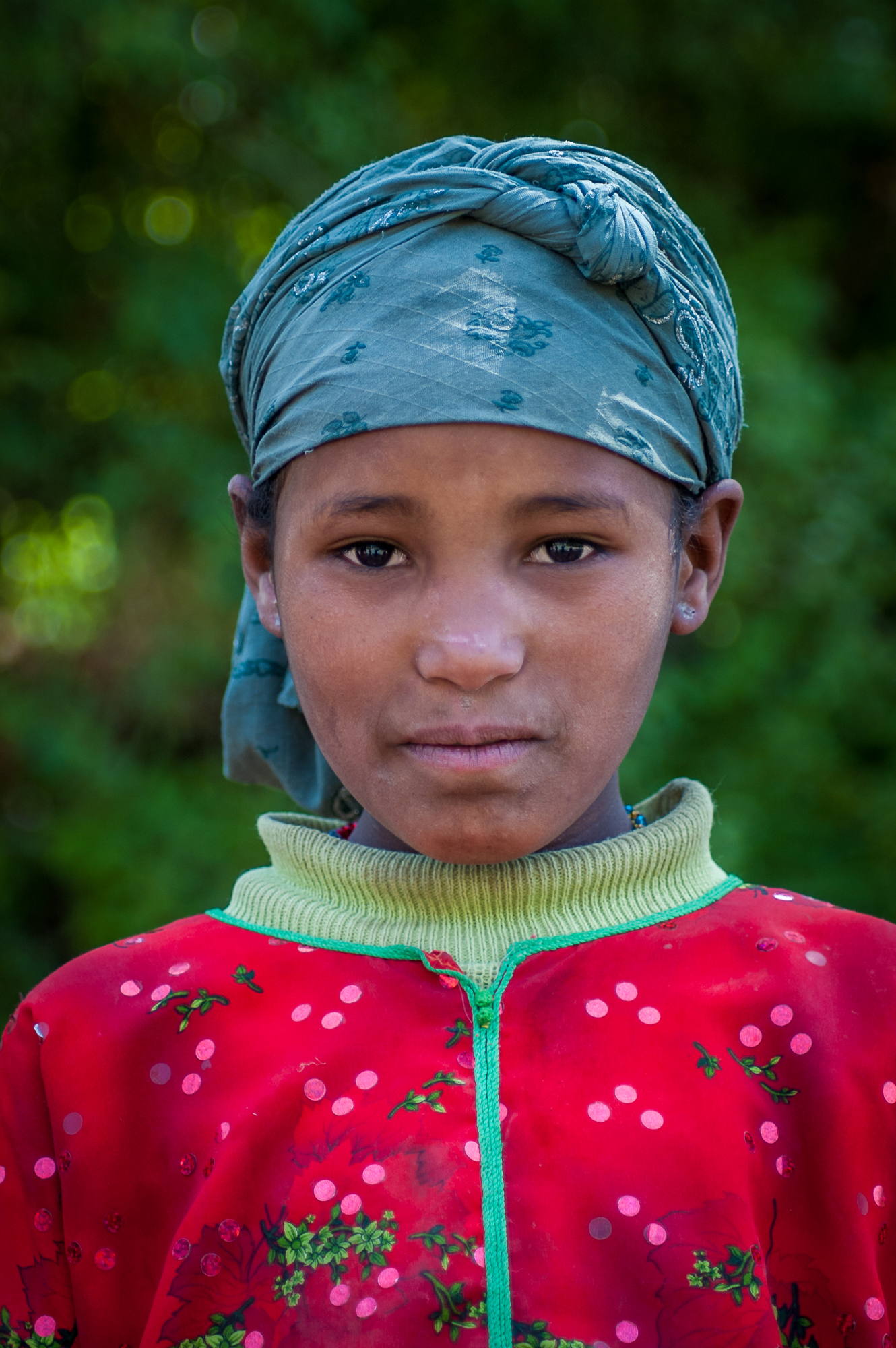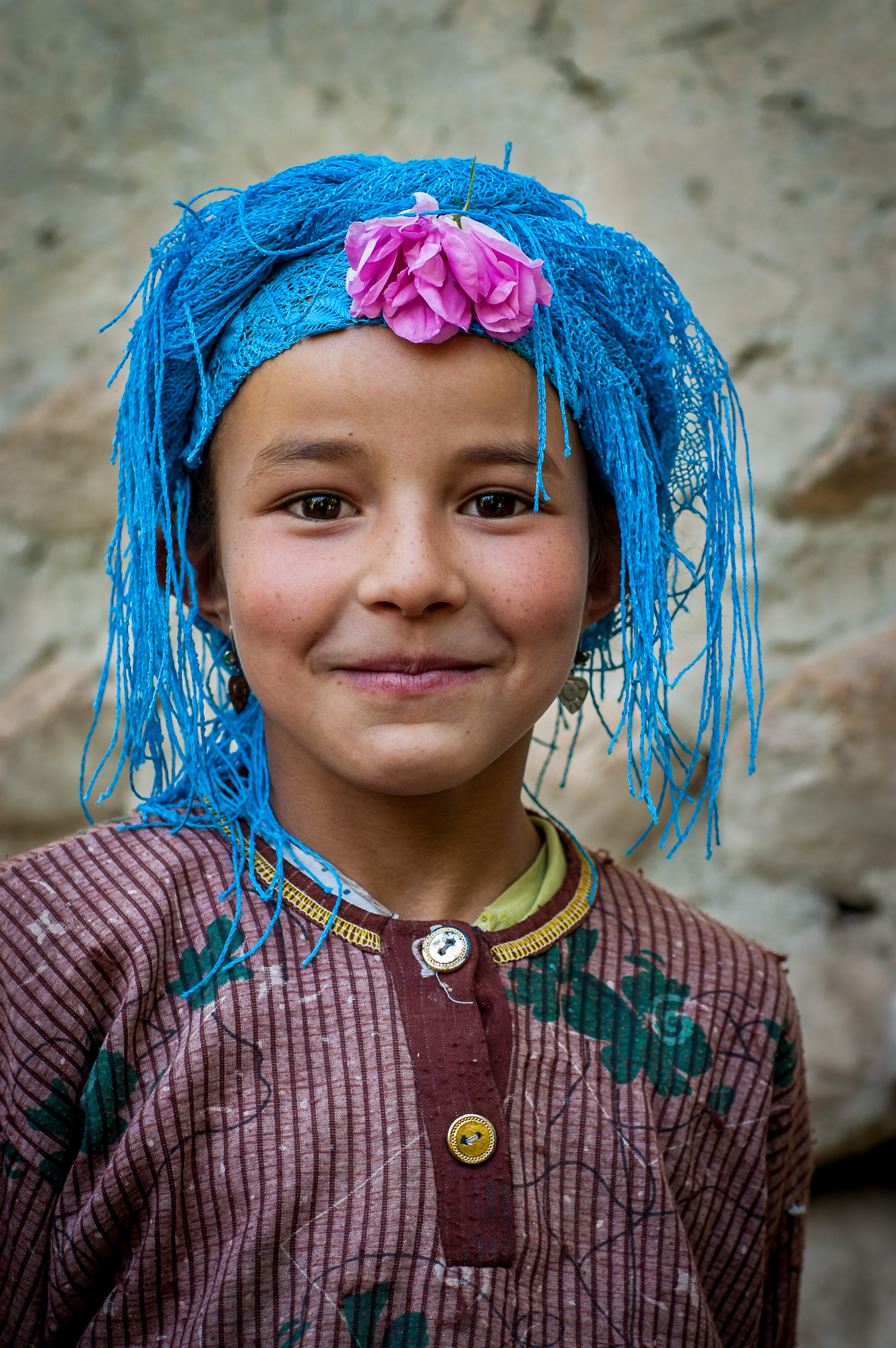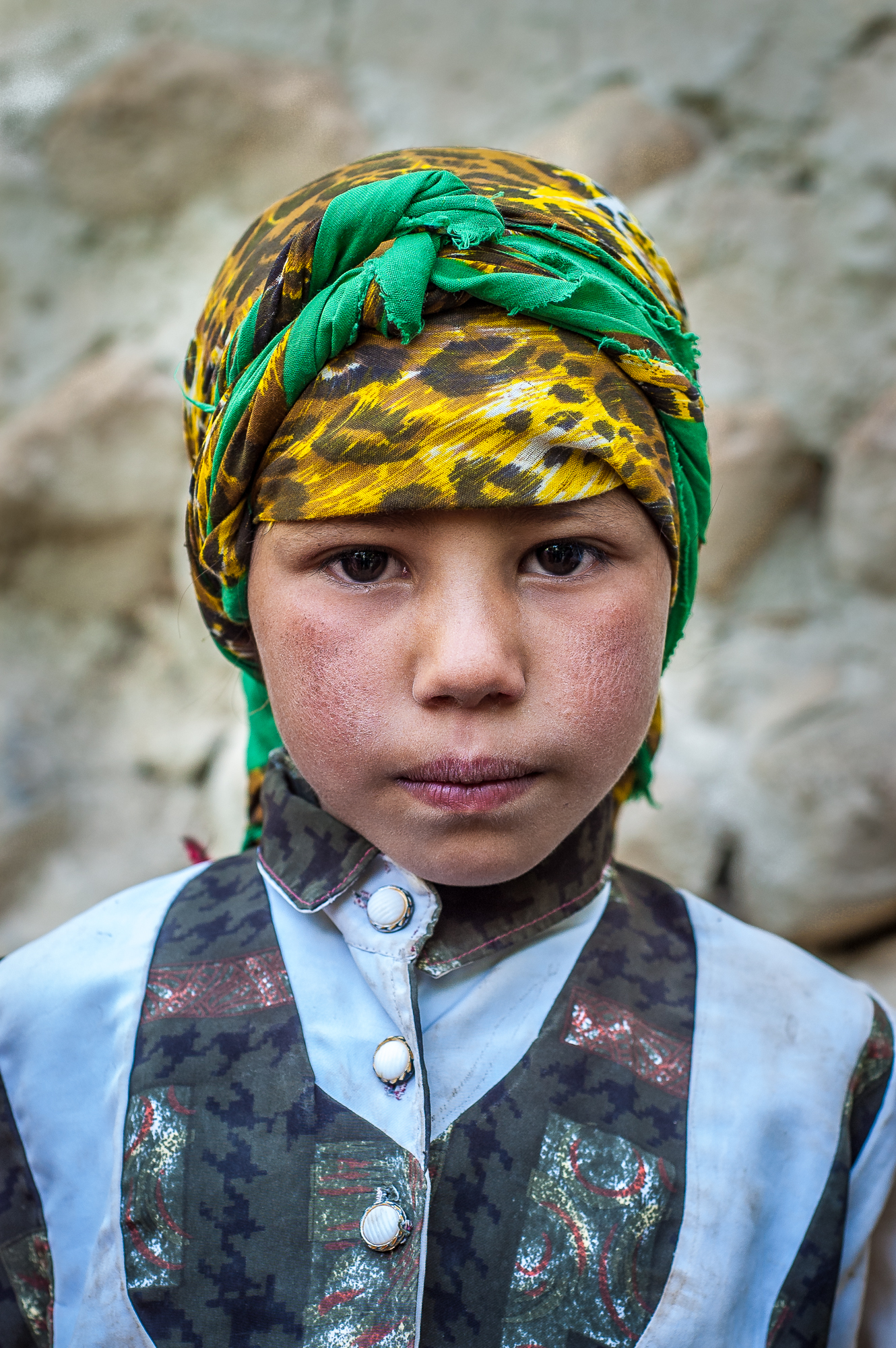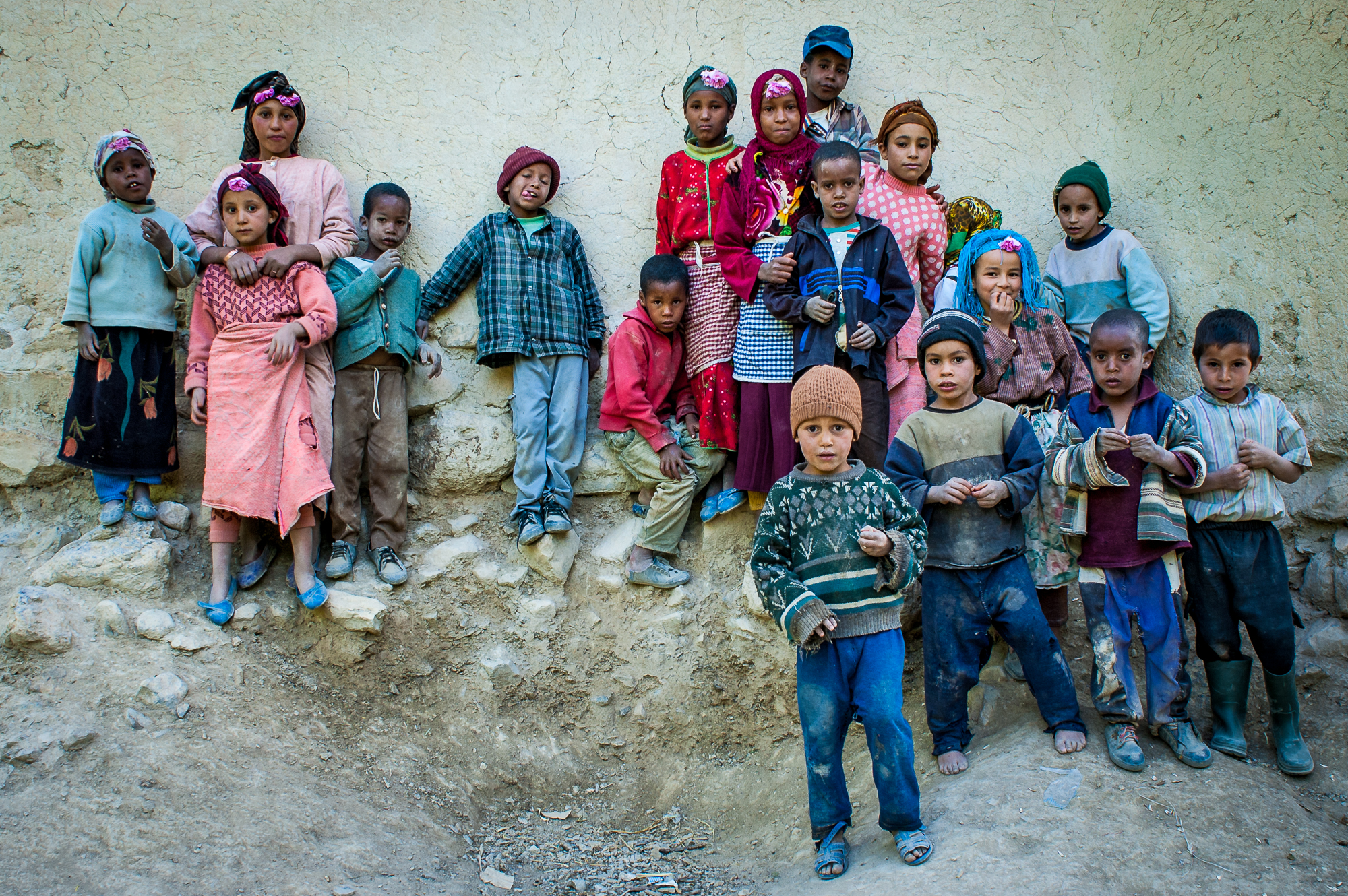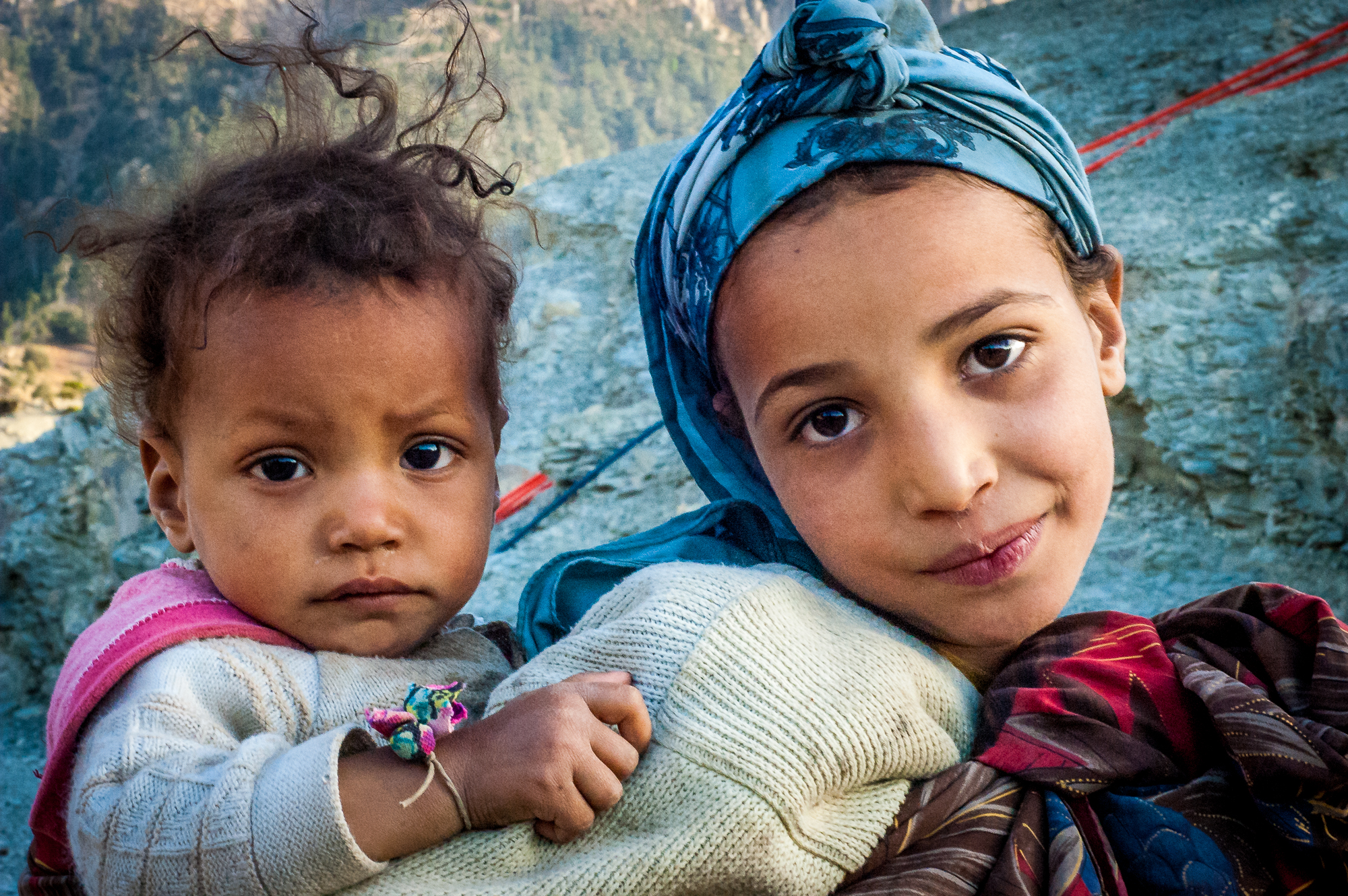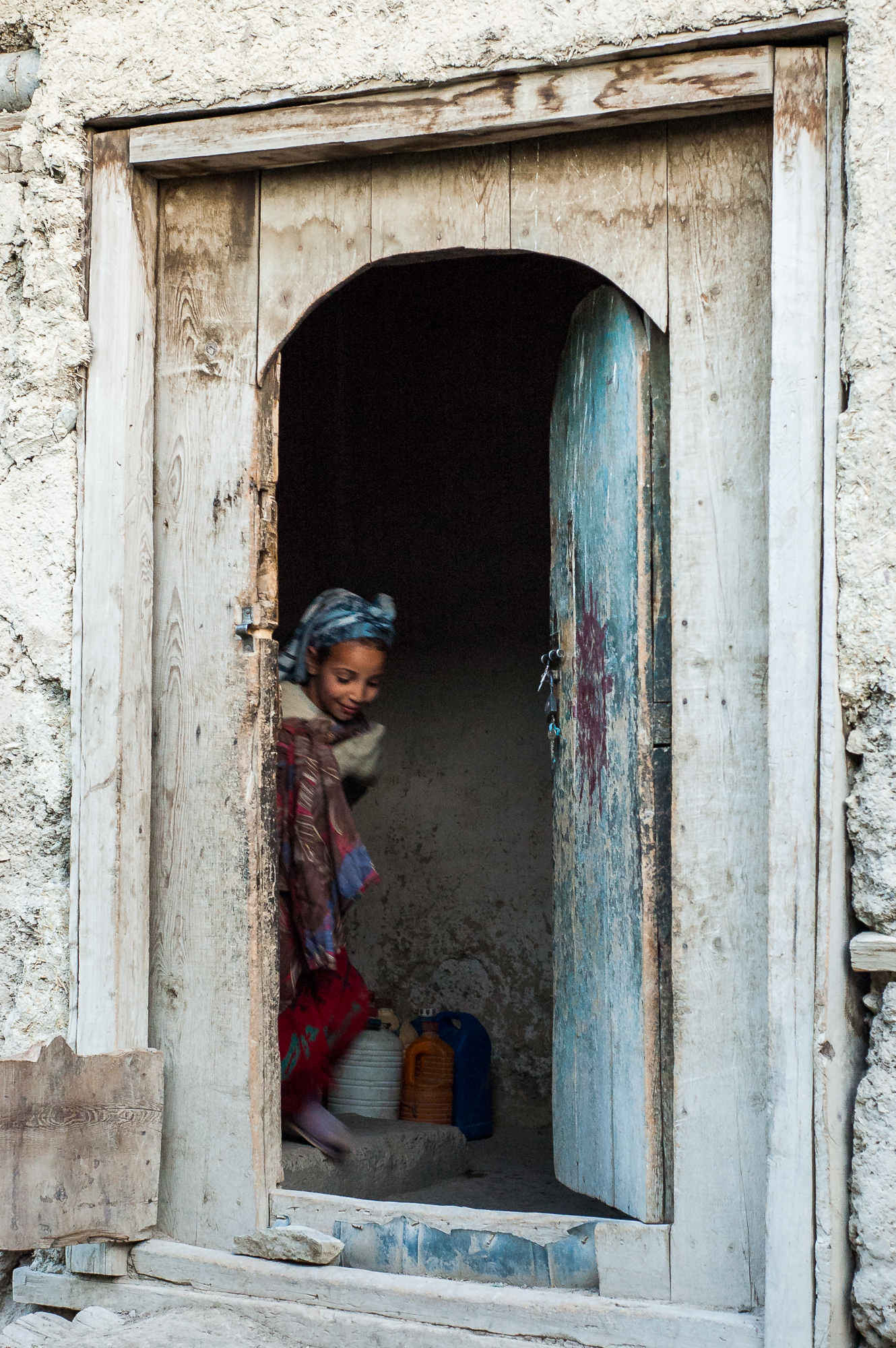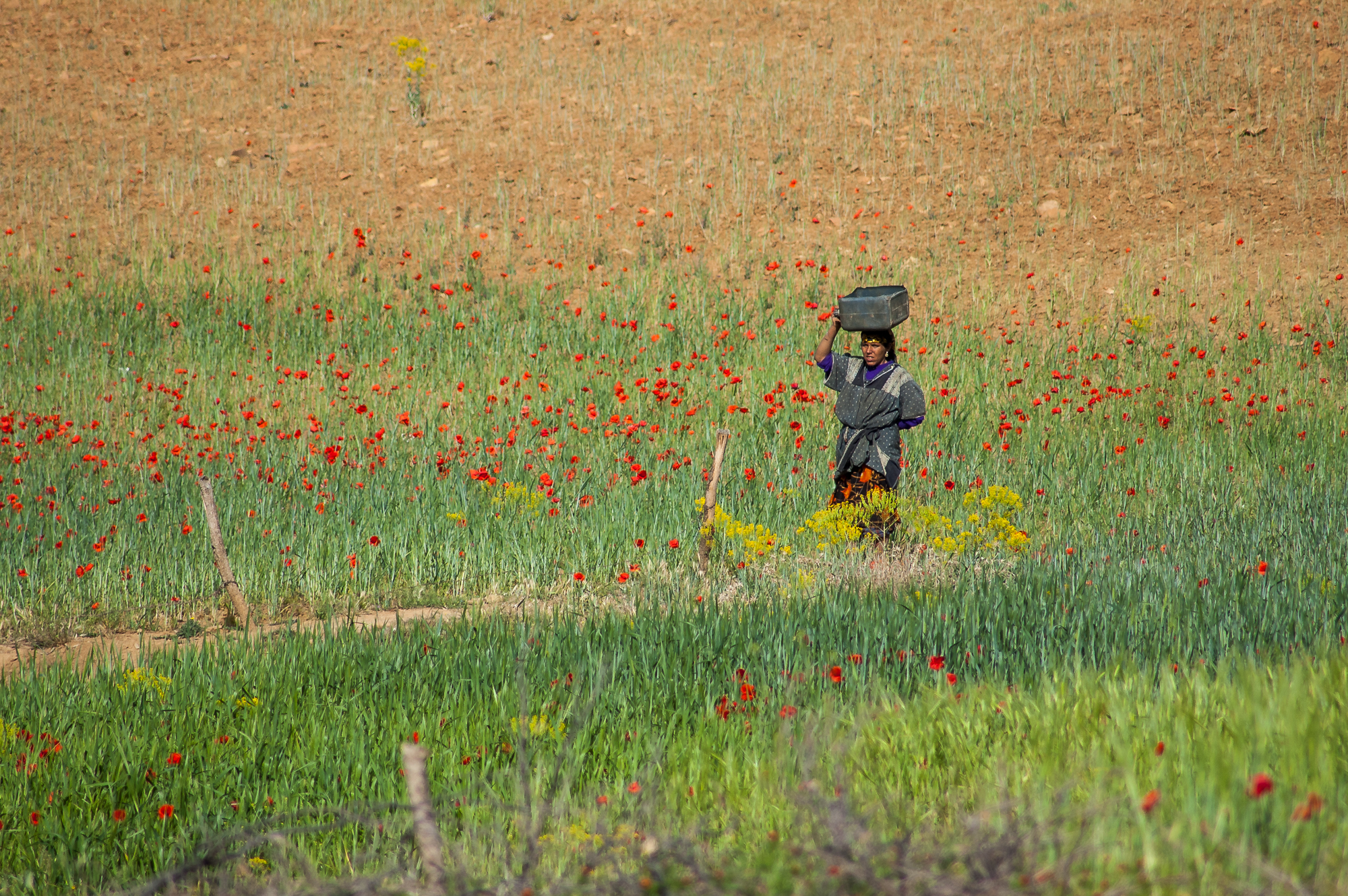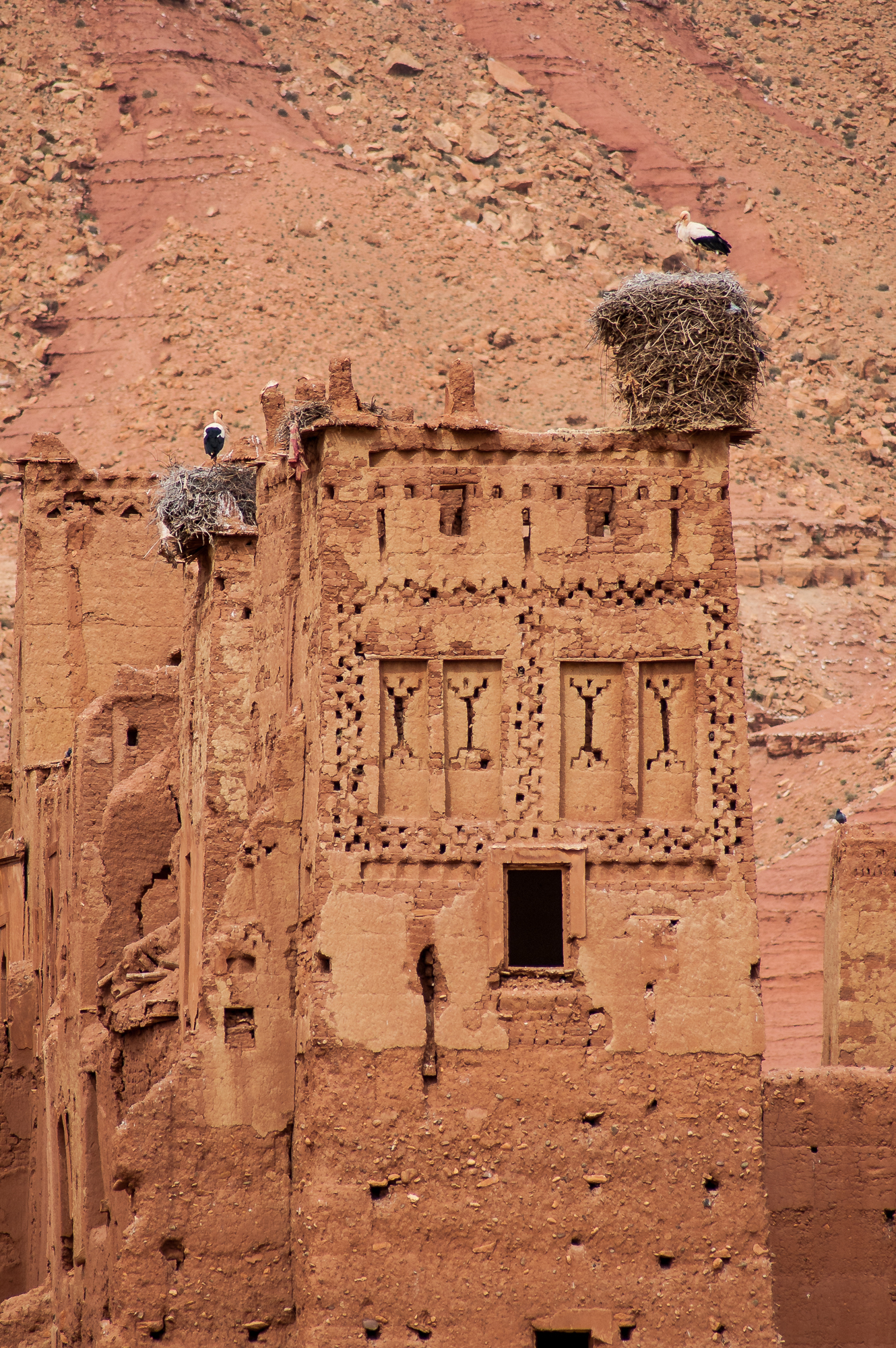danieldelacalle
Moroccan Atlas
Until the XIX century a vast forest covered most of Northern Morocco. All along the Atlas mountains majestic cedar forests were home to monkeys, leopards and lions and provided lumber and firewood for the local Berber tribes.
A hundred and some years later all those lions are gone, leopards a mere memory, an invisible symbol doomed for extinction; only a few monkeys and the ancestral Berber villages remain, isolated by the mountains, a day's journey from the nearest dirt road, tucked in valleys that turn green long enough to produce a small wheat crop. As for the forests, you have to know where to look for the few patches left. Following our route we sometimes crossed mountainside after mountainside of dead trunks, all cedars mysteriously dry in a land now condemned to arid bareness. Although they are supposed to be protected by law, the need for firewood to cook and keep warm has turned men into the habit of delivering small ax blows to trees as they walk around the area. Like a Chinese water torture, a thousand days and a thousand blows later the tree finally dries dead and our need to survive now takes another small bite at our hope for survival in the future.
While women were primarily inside the houses and men not particularly communicative or amicable, the children were beautiful, friendly and curious. They put roses in their hair to lure us into taking pictures, followed us around, tried to figure out what we were doing, looked at our clothes and gear and laughed with us. There is serious poverty in the Atlas region: a couple broken plastic clocks on a wall or a cemented living room floor can be a symbol of status, but the people and the landscape are subtly rich and unforgettable; something timeless and magical happens when you unite distance, silence and solitude inside a cathedral of mountains. Children's faces show intriguing features, some looking almost Asian, or Eastern European, a few kind of gypsy. Even less often you will see a purely central African black, like the one Sadi, our guide, pointed at and proclaimed: "that girl there is the descendent of slaves brought to work at the foundry. The only blacks you will find here come from the slave trade", and one painfully feels that even there, amongst such emptiness and scarcity, lines of separation are still drawn, lines traced with a finer looking dress or the color of skin.
A hundred and some years later all those lions are gone, leopards a mere memory, an invisible symbol doomed for extinction; only a few monkeys and the ancestral Berber villages remain, isolated by the mountains, a day's journey from the nearest dirt road, tucked in valleys that turn green long enough to produce a small wheat crop. As for the forests, you have to know where to look for the few patches left. Following our route we sometimes crossed mountainside after mountainside of dead trunks, all cedars mysteriously dry in a land now condemned to arid bareness. Although they are supposed to be protected by law, the need for firewood to cook and keep warm has turned men into the habit of delivering small ax blows to trees as they walk around the area. Like a Chinese water torture, a thousand days and a thousand blows later the tree finally dries dead and our need to survive now takes another small bite at our hope for survival in the future.
While women were primarily inside the houses and men not particularly communicative or amicable, the children were beautiful, friendly and curious. They put roses in their hair to lure us into taking pictures, followed us around, tried to figure out what we were doing, looked at our clothes and gear and laughed with us. There is serious poverty in the Atlas region: a couple broken plastic clocks on a wall or a cemented living room floor can be a symbol of status, but the people and the landscape are subtly rich and unforgettable; something timeless and magical happens when you unite distance, silence and solitude inside a cathedral of mountains. Children's faces show intriguing features, some looking almost Asian, or Eastern European, a few kind of gypsy. Even less often you will see a purely central African black, like the one Sadi, our guide, pointed at and proclaimed: "that girl there is the descendent of slaves brought to work at the foundry. The only blacks you will find here come from the slave trade", and one painfully feels that even there, amongst such emptiness and scarcity, lines of separation are still drawn, lines traced with a finer looking dress or the color of skin.

